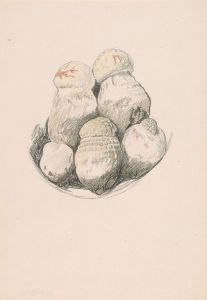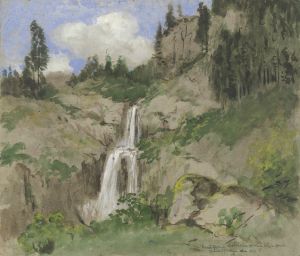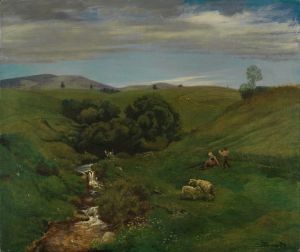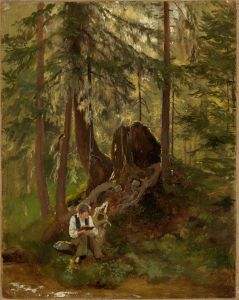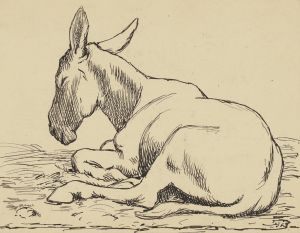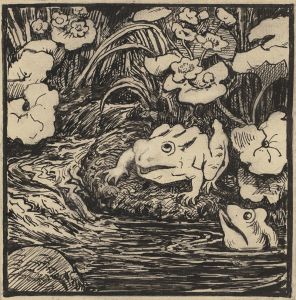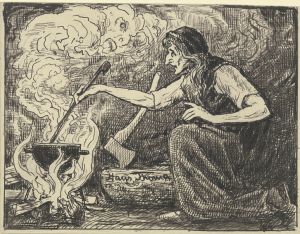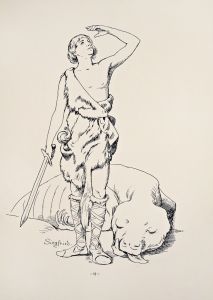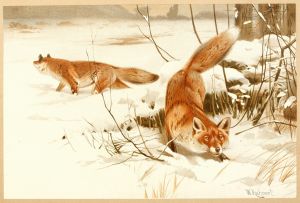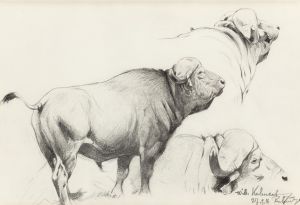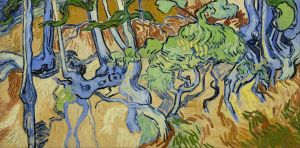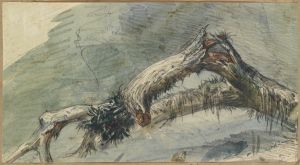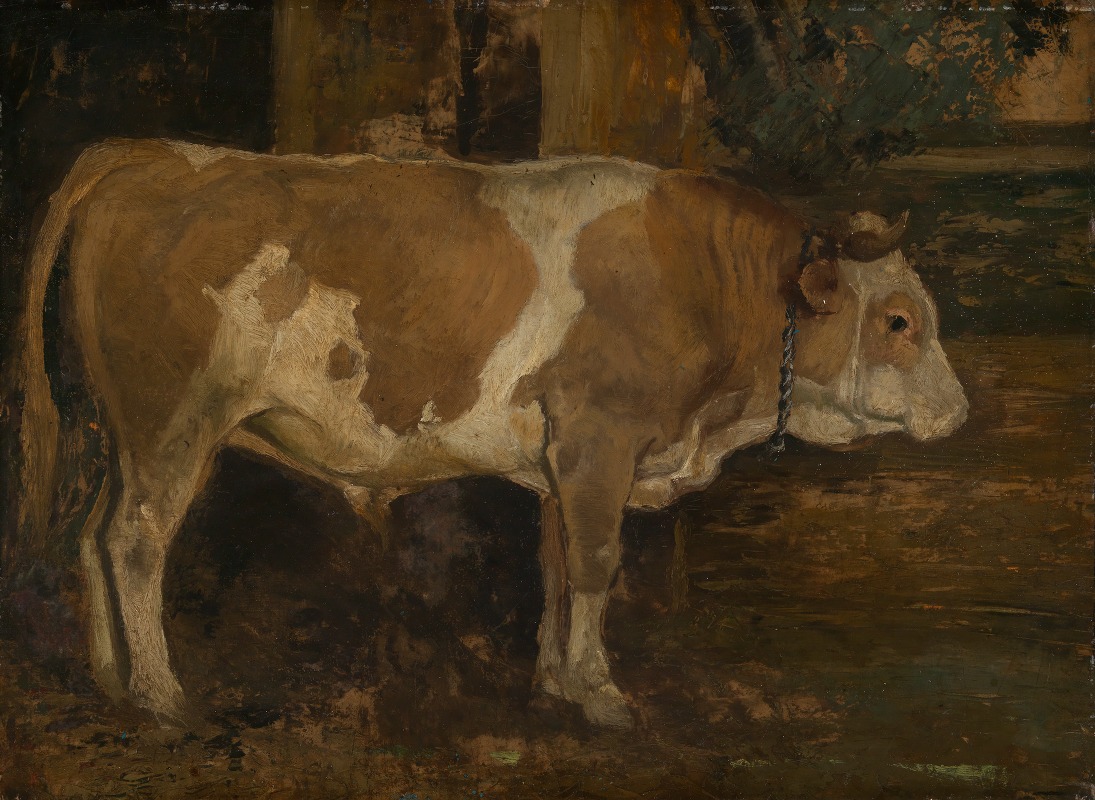
Ochse im Wald
A hand-painted replica of Hans Thoma’s masterpiece Ochse im Wald, meticulously crafted by professional artists to capture the true essence of the original. Each piece is created with museum-quality canvas and rare mineral pigments, carefully painted by experienced artists with delicate brushstrokes and rich, layered colors to perfectly recreate the texture of the original artwork. Unlike machine-printed reproductions, this hand-painted version brings the painting to life, infused with the artist’s emotions and skill in every stroke. Whether for personal collection or home decoration, it instantly elevates the artistic atmosphere of any space.
Hans Thoma's painting "Ochse im Wald" (Ox in the Forest) is a notable work by the German painter, who was born on October 2, 1839, in Bernau in the Black Forest and died on November 7, 1924, in Karlsruhe. Thoma is recognized for his contributions to the German art scene during the 19th and early 20th centuries, particularly for his landscape paintings and depictions of rural life.
"Ochse im Wald" exemplifies Thoma's skill in capturing the serene and pastoral beauty of the German countryside. The painting features an ox, a common and significant animal in rural agricultural life, standing amidst a forest setting. Thoma's attention to detail and his ability to render the natural environment with a sense of tranquility and realism are evident in this work. The forest is depicted with lush greenery, and the ox appears as a calm and sturdy presence within this natural habitat.
Thoma's style is often associated with the Realist movement, which aimed to depict subjects truthfully and without idealization. His works frequently reflect his deep connection to his native Black Forest region, and "Ochse im Wald" is no exception. The painting captures the essence of rural life and the harmonious relationship between humans, animals, and nature.
Throughout his career, Hans Thoma was influenced by various artistic movements and figures. He studied at the Karlsruhe Academy of Fine Arts and later spent time in Munich, where he was exposed to the works of the Old Masters and contemporary artists. His travels to Italy also had a significant impact on his artistic development, allowing him to study Renaissance art and further refine his technique.
Thoma's work gained recognition and appreciation during his lifetime. He held several important positions, including a professorship at the Karlsruhe Academy and later becoming the director of the Kunsthalle Karlsruhe. His contributions to art were acknowledged through various exhibitions and accolades.
"Ochse im Wald" is a testament to Thoma's ability to convey the quiet beauty of the natural world and the simplicity of rural life. The painting remains an important example of his oeuvre and continues to be appreciated for its artistic merit and historical significance.
In summary, Hans Thoma's "Ochse im Wald" is a distinguished work that reflects the artist's Realist approach and his deep connection to the German countryside. Through his detailed and tranquil depiction of an ox in a forest setting, Thoma captures the essence of rural life and the natural environment, making this painting a notable piece in the history of German art.





